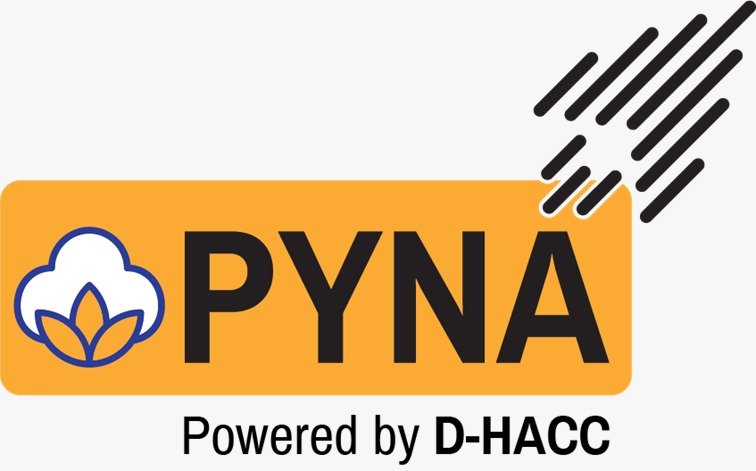“India’s lower cotton productivity stems from outdated farming practices, insufficient irrigation facilities and poor seed quality”
Rajavelu N K, CEO, Crop Protection Business, Godrej Agrovet Ltd
Godrej Agrovet Limited’s (GAVL) Crop Protection Business made headlines with the launch of PYNA, an umbrella brand for sustainable cotton production in May, 2023. As a pioneer in introducing the concept of selective cotton herbicides in various markets, GAVL is set to offer three of its cotton weed management products, Hitweed, Hitweed Maxx, and Maxxcott under the PYNA brand. The brand aims to minimise crop–weed competition and facilitate the establishment of cotton crops during their early stages, which has a positive impact on the yield. In an interaction with AgroSpectrum, Rajavelu N K, CEO of the Crop Protection Business at Godrej Agrovet Ltd, shared his views on how the company is addressing the challenges faced by cotton farmers and its future plans. Edited excerpts:
When you already have a host of effective cotton weed management products such as Hitweed, Hitweed Maxx and Maxxcott, what prompted you to launch the PYNA brand? How will this make a difference for farmers?
Of the total 333 lakh hectares area under cotton cultivation globally, India ranks first with 120.69 lakh hectares area under cotton cultivation. However, in terms of productivity, it ranks 38th with a yield of 510 kg/ha. The primary reason for this is the weed infestations which can reduce cotton yields by up to 45 – 50 per cent due to wider spacing between the crops.
We are the sole manufacturer of selective cotton herbicide — Pyrithiobac sodium — in India. Our three weed management products for cotton – Maxxcott (Pre-Emergent Stage), Hitweed Maxx (Early Post Emergent Stage) and Hitweed (Post Emergent Stage) – offer farmers an extensive range of weed management options, starting from seed sowing to the active flowering stage of the crop. We noticed that only 10 per cent of the total cotton acreage area is treated properly today, with these products. We realised that there is a significant opportunity to make a greater positive impact on cotton yield and overall productivity by consolidating all our selective cotton herbicide products under the PYNA brand, to enable sustainable cotton production.
PYNA brands minimise the crop-weed competition and facilitate the healthy establishment of cotton crops in their early growth stages, thereby positively impacting the yield. To support the maximum number of farmers, we have partnered with Bayer CropScience, Rallis India, Dhanuka Agritech, PI Industries and Indofil Industries. With these companies also having their own products based on the active ingredient Pyrithiobac sodium, extending the PYNA brand would ensure quality supply to farmers every time and aid farmers to reduce dependency on manual and mechanical methods of weed control too. Brands can leverage the trust that the Godrej brand has earned amongst the farmers in the last 36 years and collectively tap into the remaining 90 per cent of untapped cotton acreage.
Why is only 10 per cent of the total cotton acreage area treated properly in the country?
Cotton crops are vulnerable to pest infestations caused by the lack of crop rotation, monoculture practices, adverse weather conditions, poor soil quality, and inadequate pest management. Amidst this, India’s lower cotton productivity per hectare, compared to other countries also stems from outdated farming practices, insufficient irrigation facilities, and poor seed quality. The lack of access to proper irrigation, high costs of inputs like seeds and pesticides, and dependence on unpredictable monsoon rains further hinder effective treatment practices. These challenges collectively impact the productivity and quality of cotton crops, making it difficult for farmers, especially small-scale ones, to afford necessary treatments and maintain crop health.
To read more click on: https://agrospectrumindia.com/e-magazine
Rajavelu N K, CEO, Crop Protection Business,









